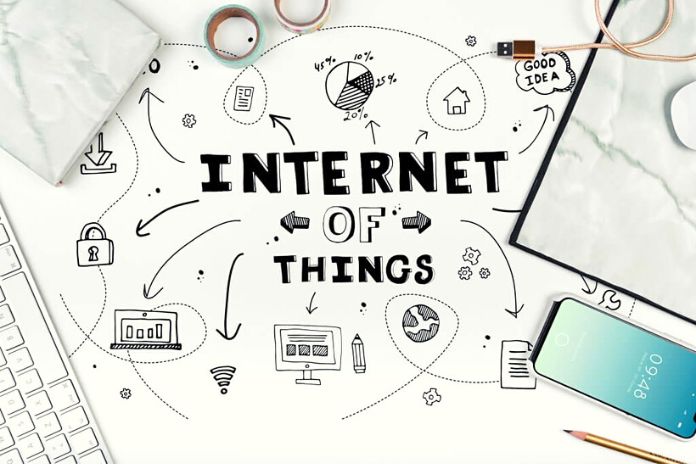Applications Of IoT
When discussing broad concepts like the Internet of Things, we play strength by bringing up the most disparate sectors. Not surprisingly, in this historical moment, there are many areas in which it is possible to speak of a concrete application of the, or in which it is even possible to observe natural smart objects in action. Furthermore, the same paradigm of the Internet of Things provides for a continuous involvement between objects and places belonging to the most diverse fields: there are intelligent machines that receive information from road infrastructures.
These smart homes organize the operation of individual appliances to reduce energy consumption. Finally, medical devices can immediately locate the most suitable structure to manage the individual patient. In short, all objects and places can potentially equip themselves with a unique identification system to absorb information about the surrounding environment and communicate it in case of need. In the same way, however, not all areas of the IoT can progress at the same speed. The different sectors have different starting conditions, and it is not sure that the technological solutions consolidated in a single field allow a smart update in the same time interval.
To date, one of the main sectors that use the Internet of Things daily is undoubtedly home automation or that set of technologies that allow you to improve the quality of life inside a home. In fact, in the most advanced smart homes, it is already possible to control systems and devices remotely, receiving various information in real-time. Similarly, intelligent mobility is already developing: a revolution affecting the automotive world and road safety. Thanks to the IoT, individual vehicles can communicate fundamental data to prevent traffic and road accidents.
Speaking instead of future scenarios, precisely the connection of smart homes, smart cars and intelligent mobility could lead to the creation of so-called smart cities: smart cities, in which the various services (one above all public transport) will be managed thanks to continuous updates from thousands of smart objects. In addition, the Internet of Things also includes numerous applications unrelated to everyday life in the city.
Think, in this sense, of agriculture and the possibility of monitoring climatic parameters in detail. Or again, artificial intelligence is applied to logistics, sales and marketing, which allows you to transform the classic customer journey into a highly personalized experience. And again, think of the possibilities linked to medical and sports intelligent objects or the impact that sufficiently developed IoT could have on processes and production chains.
Examples Of Using The IoT
At this point, all that remains is to provide some more concrete examples of the current use of the Internet of Things. As mentioned, home automation is already a particularly advanced area from this point of view. Several intelligent homes allow their owners to interact intelligently with various devices, perhaps using a voice assistant. Devices such as Amazon Alexa or Google Nest can be used not only to request the reproduction of information and audio files. On the contrary, the user can use them to “communicate” with the television, the appliances, the heating system and even the electrical system.
The important thing is that every link in the chain is dedicated to the IoT: this means that the house in question, in addition to a voice assistant, must have a smart TV, latest generation appliances, smart bulbs and other devices. Another particularly fascinating area of the IoT is undoubtedly that of intelligent mobility. An Internet Of Things that gets directly on board vehicles can revolutionize the classic concept of travel. In this case, the thought goes first of all to Tesla: the Elon Musk manufacturer that already offers self-driving cars, thanks to particular IoT hardware and software.
This type of car is equipped with sensors capable of “seeing” at 360 °, with a radius of 250 meters. Sensors, among other things, can overcome any obstructions: rain, fog, dust and even physical obstacles (people, other cars, etc.). But the possibilities of a self-driving car are not limited to autopilot. A vehicle that takes full advantage of the Internet of Things is, in fact, potentially able to choose the most suitable route based on traffic conditions: to change road in the event of an accident, to adapt its speed to the climatic conditions, even to look for a garage if you find an apparent inability to continue.
Also Read: APPTIO IMPROVES INVESTMENT DECISIONS FOR DIGITAL-FIRST BUSINESSES

